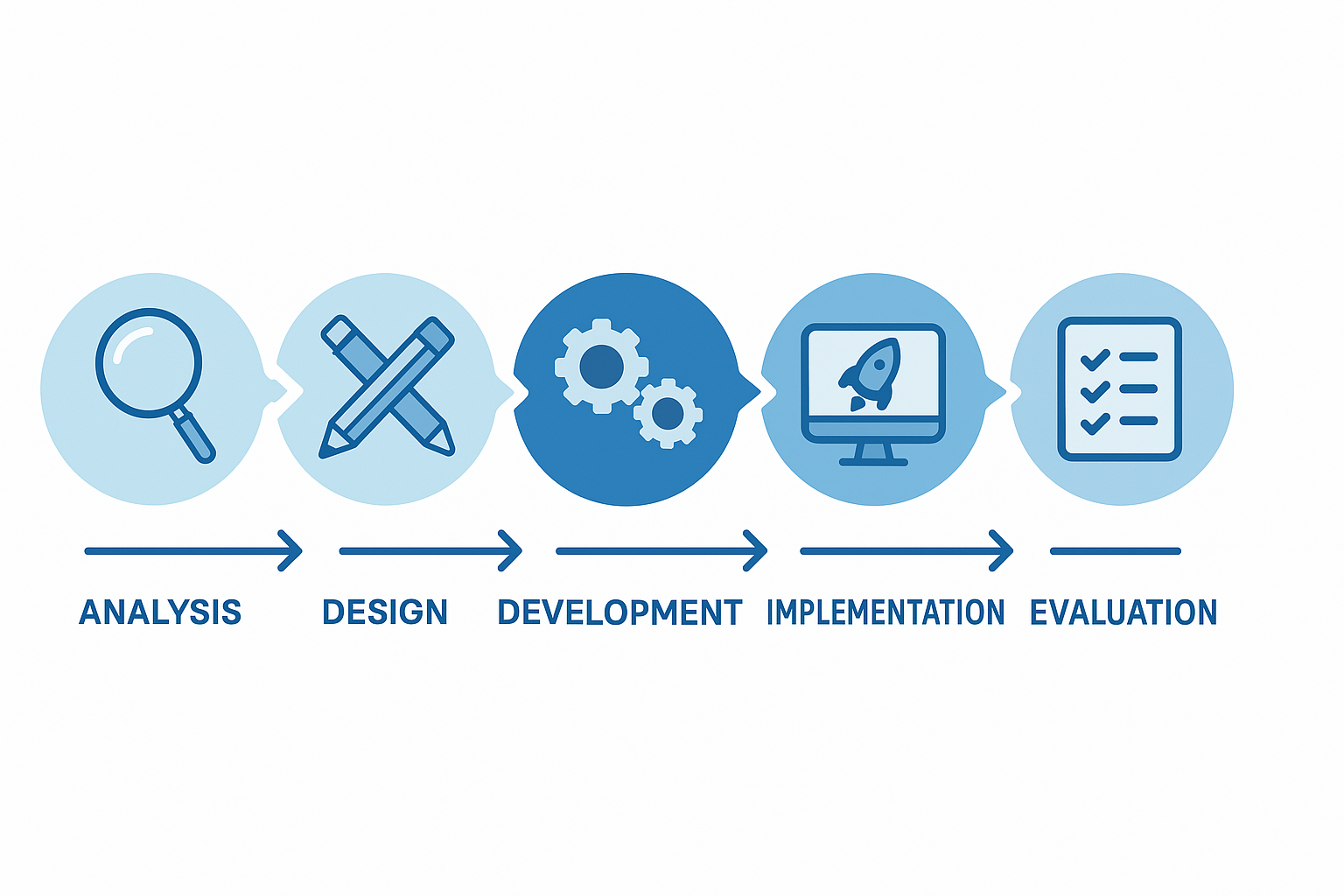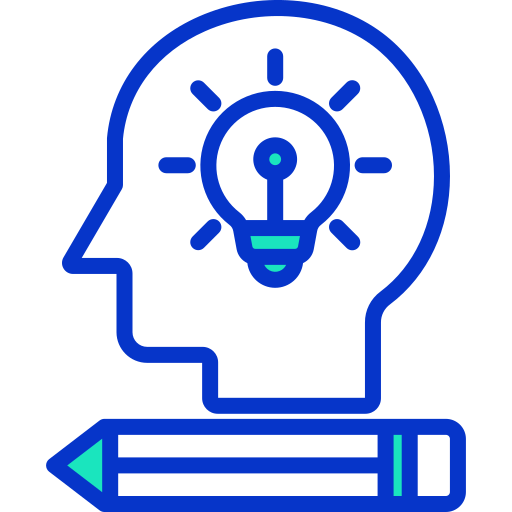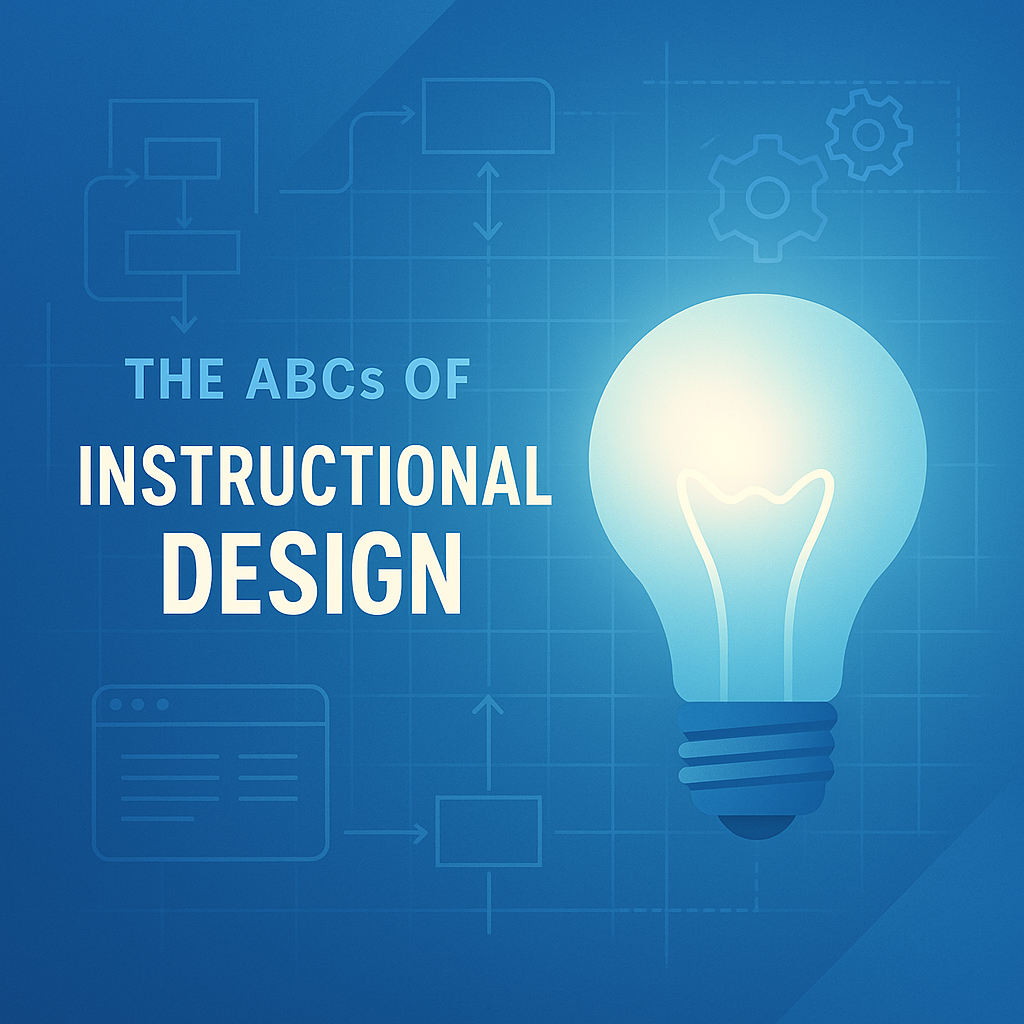The ABCs of Instructional Design
Introduction: The ABCs of Instructional Design
The Conception of Instructional Design: A Definition
So, what exactly is instructional design? In its simplest form, instructional design is the practice of creating learning experiences that are both engaging and effective.
But it doesn’t stop there—this field is a fusion of education theory, technology, psychology, graphic design, and more. It’s not just about presenting information; it’s about shaping it in a way that piques the learner’s curiosity, guides their understanding, and empowers them to apply their newfound knowledge.
Instructional design straddles the realms of both art and science. On one hand, it requires creativity to develop engaging content and visually appealing materials. On the other, it leans on scientific principles to ensure that these creations truly enhance learning outcomes. It’s akin to an architect weaving together aesthetics with structural integrity.
Above all, at the heart of instructional design lies a deep empathy for learners. It seeks to understand how they think, what motivates them, and how they best absorb new information—with the ultimate aim of crafting learning experiences that resonate on a personal level.
A Brief Sojourn Through Time: The Evolutionary Tale of Instructional Design
Our story begins during World War II, when military training needs necessitated systematic approaches for efficient instruction delivery. Thus began rudimentary forms of contemporary instructional systems design (ISD).
Fast forward to the era marked by Sputnik’s launch in 1957—this event catalyzed an educational reform movement in America and further advanced ISD practices. As technology evolved over the subsequent decades, so did our ability to deliver instruction. The emergence of multimedia and internet technology revolutionized instructional design, expanding its reach far beyond traditional classrooms.
Today, instructional design extends across various sectors—education, corporate training, healthcare, and even marketing. With burgeoning technologies like artificial intelligence and virtual reality, the field continues to evolve.
Appreciating Instructional Design: Its Importance in Modern Society
Why should you care about instructional design? Because in a knowledge-based society, effective learning is essential.
Whether it’s upskilling employees for a changing job market or educating the public during a global crisis, instructional design plays a pivotal role. In professional settings, effective training programs—rooted in quality instructional design—are key to improving performance metrics. They reduce learning time, increase competency, and contribute to organizational success.
In our digital age, where attention spans are fragmented by information overload, instructional designers are on the frontlines—battling disengagement by crafting content that captivates and educates.
The Big Picture: Unraveling the Tapestry of the Instructional Design Process
Let’s paint a picture of the instructional design process. Imagine the process not as a swift brushstroke on a canvas, but rather as a methodical daubing, similar to Pointillism, where each dot contributes to the creation of a larger image. It’s an ongoing process that takes time, patience, and precision.
This process is commonly broken down into five core phases: Analysis, Design, Development, Implementation, and Evaluation. While these are often presented sequentially, they work best as an iterative and flexible framework.
Analysis Phase: Drawing the Blueprint for Success
This phase is like planning your trip before you leave. It involves understanding who your learners are—their knowledge levels, needs, and preferences—and what outcomes they should achieve. You’re identifying problems or training gaps and determining how new instruction can bridge them.
It also involves gathering information about resources—budgets, technology, timelines—and aligning these with organizational goals. Taking time here ensures you’re building on solid ground.
Design Phase: Weaving the Story of Your Course
Now, using your insights, you create a roadmap. This includes defining learning objectives, organizing content, and planning how to assess learner success. Will your course be linear or exploratory? How will learners be evaluated?
Good design isn’t just pretty—it’s purposeful. Learners should easily navigate the course, absorb information, and come out wiser at the end.
Development Phase: Bringing Your Plan to Life
Here, the course materials are built. Instructional designers use multimedia—videos, graphics, and interactive tools—guided by the course map. Collaboration with Subject Matter Experts (SMEs) ensures accuracy, while Instructional Technologists support technical functionality.
Pilot testing with a small group helps catch errors before launch. Better to fix issues now than after rollout!
Implementation Phase: Let the Learning Begin
This is the deployment stage. You launch your course and support learners with resources, peer discussions, and interaction opportunities.
Remember, it’s not just about consumption—it’s about engagement and application.
Evaluation Phase: Time for Some Soul-Searching
Now, you ask, did it work? Evaluation goes beyond scores. Did learners meet objectives? Can they apply what they’ve learned? Did it impact behavior or performance?
This feedback loop helps refine future designs. Instructional designers are always learning.
The Players in the Game of Instructional Design
The Instructional Designer
The mastermind of the learning experience. Part educator, part designer, part manager. They research, organize, and apply learning science to build effective content.
Instructional designers translate raw content into engaging courses. Like a director bringing a script to life, they ensure that every scene—the module, the activity, the assessment—fits the big picture.
Learners: The Stars of the Show
Everything centers around them. Understanding motivation, preferences, and prior knowledge is essential. Great design accounts for learning styles, tech access, and cultural relevance. Microlearning, mobile learning, and inclusivity all play a role.
Subject Matter Experts (SMEs): The Knowledge Vault
They provide the raw material—expertise. SMEs are essential collaborators, offering depth and accuracy. The instructional designer ensures that this information is transformed into digestible, learner-friendly content.

The ADDIE Process: A Circular Model for Instructional Design
Popular Models & Theories in Instructional Design
ADDIE—Oldie but Goldie
Analysis, Design, Development, Implementation, Evaluation. ADDIE is timeless because it’s flexible. While it’s often shown linearly, it’s meant to cycle and adapt. That’s what makes it powerful.
SAM—The Agile Approach
The Successive Approximation Model (SAM) values iteration and feedback. Build, test, revise—early and often. Think agile sprints with prototypes instead of one big reveal.
Bloom’s Taxonomy—Classifying Objectives
From Remembering to Creating, Bloom’s hierarchy helps designers set meaningful goals and assessments that reach beyond rote memorization.
Gagné’s Nine Events—Sequencing for Success
Gagné’s events—from gaining attention to eliciting performance—offer a roadmap for how to present content in a way that supports cognitive processing.
The Nuts and Bolts: Crafting Effective Learning Experiences
Engaging Content
Know your audience. Use stories and real-life examples. Break down complexity into digestible chunks. Avoid jargon. Simplify to amplify.
Multimedia That Works
Use graphics, audio, and video purposefully. Infographics, demo videos, and animations work wonders—just be careful not to overload the learner. Each element should serve the learning objective.
Smart Assessment Design
Assessments should match learning goals. Use formative check-ins and summative wrap-ups. If you want to test problem-solving, go beyond multiple choice. Assessment isn’t just measuring—it’s reinforcing.
Cutting-Edge Trends
Mobile Learning (mLearning)
Learning in micro-moments. Mobile design requires bite-sized content, intuitive navigation, and on-the-go engagement.
Gamification
Use badges, levels, or leaderboards with intention. It’s about intrinsic motivation, not gimmicks. Fun and functional.
Adaptive Learning
Personalized experiences based on user behavior and knowledge. AI-driven learning platforms are leading this frontier.
Facing the Challenges
- Diverse learner needs
- Limited tech or budgets
- Measuring long-term impact
These challenges demand creativity, resilience, and a willingness to keep learning.
The Takeaway
Instructional design is where strategy meets empathy. Whether you’re building your first course or refining your hundredth, stay curious, stay learner-focused, and keep pushing boundaries. You’re not just designing content—you’re shaping how people grow.

